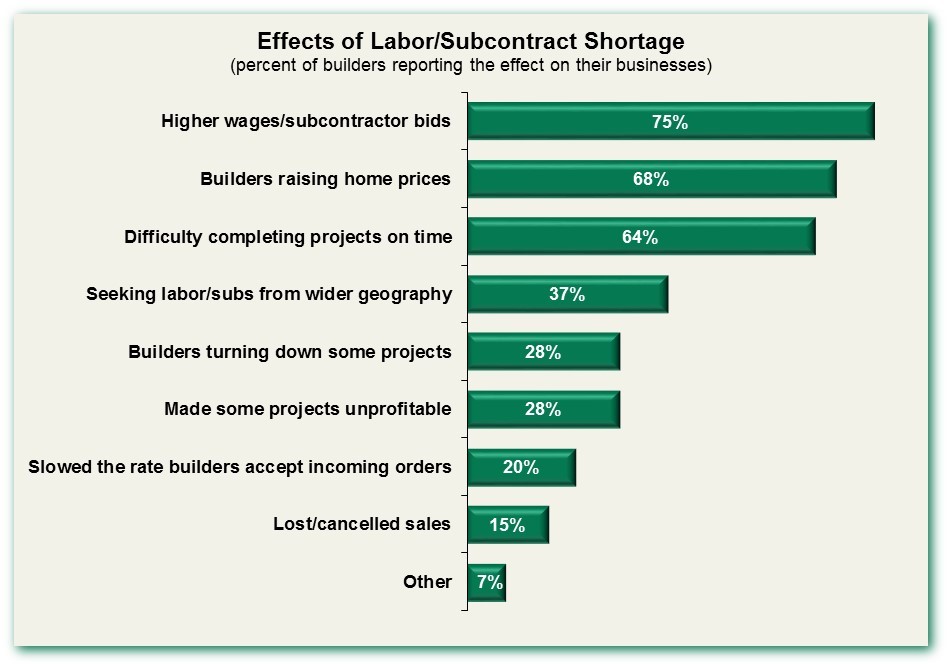Future-proofing a new development is a big task, taking tenants’ needs and the building’s infrastructure into account to make sure the property is still relevant in 10 years. Yet, it’s a critical step if developers hope to protect their investment for more than just the next decade.
The 2017 Multifamily Executive Concept Community, Next Generation Development, looks at future-proofing not only an individual property but, also, at what it will take to future-proof the apartment industry as a whole.
Erik Earnshaw, partner at BGO Architects, the designer on the project, says the biggest challenge facing the industry is labor, and that the way to solve that problem is to move toward using more prefabrication. “Construction has more of an issue in labor than funding, finances, and equity, as far as deliveries go in the future,” Earnshaw says.
And recent industry research shows that those deliveries will need to exceed the numbers reached in the past four years. Hoyt Advisory Services partnered with the National Multifamily Housing Council and the National Apartment Association on a survey that found that the U.S. needs to build 4.6 million new apartments by 2030. The study broke it down to 325,000 new apartments every year to meet demand. But the report also notes that there were only 244,000 units delivered every year from 2012 to 2016.
Earnshaw wonders how the industry will be able to keep up with that demand given the labor shortages housing faces. In Dallas, where BGO is based, NBC reports a shortage of 20,000 laborers in the metro’s construction market.
Labor shortages, no doubt, have a big impact on housing. In a survey of builders last year, the National Association of Home Builders found that the biggest such impact was having to pay higher wages, followed by the need to raise home prices or rents and extend time lines.
“Rents will go up, construction costs are rising, and labor isn’t there, but demand is,” Earnshaw says.
How Modular Helps
Modular and prefabricated products can help meet this demand by drastically reducing the construction time line while ensuring quality control because of their construction in a controlled environment; namely, the factory.
Relying on manufacturing facilities to produce building modules avoids the kinds of errors that can result from using unskilled labor, which on-site builders are often forced to do because of the limited number of skilled tradespeople available today. In a prefab factory, in contrast, jobs are programmed and have a much smaller margin for error, resulting in better-quality construction.
The MFE Concept Community proposes a concept to start the industry headed in the modular direction, or, for this risk-averse industry, to allow developers to take their time embracing the process. As such, the Next Generation Development calls for certain building elements that still require subcontractor attention, such as bathrooms and kitchens, to be produced as modular prefabricated cartridges. This moderate approach serves as a stepping stone toward eventual full modular construction.
A ‘Smart’ Future
To future-proof the Next Generation Development, BGO is consulting a variety of resources, including other market sectors, technology, research studies, and property management companies, in an effort to understand what residents want along with what they’re willing to pay for. Earnshaw says the project will move toward becoming a smart apartment that works for the residents and property managers alike. Future apartments will include Wi-Fi in the base rent, he notes, eliminating added infrastructure wiring costs post-construction.
But, Earnshaw says, apartment future-proofing won’t be attainable if project costs and time lines aren’t reduced by modular processes. “The initial costs of projects have risen steeply over the last eight years, so some of the future-proofing is difficult to [estimate given] today’s construction costs,” Earnshaw says. “Rents aren’t rising as fast as construction costs, so new technology gets pinched. If we can get the cost of the overall construction down [using] modular construction, and reduce the overall construction time line, we’ll loosen up funds for future technology.”
To follow the progress of the Multifamily Concept Community, visit www.multifamilyexecutive.com/mfe-concept-community.
